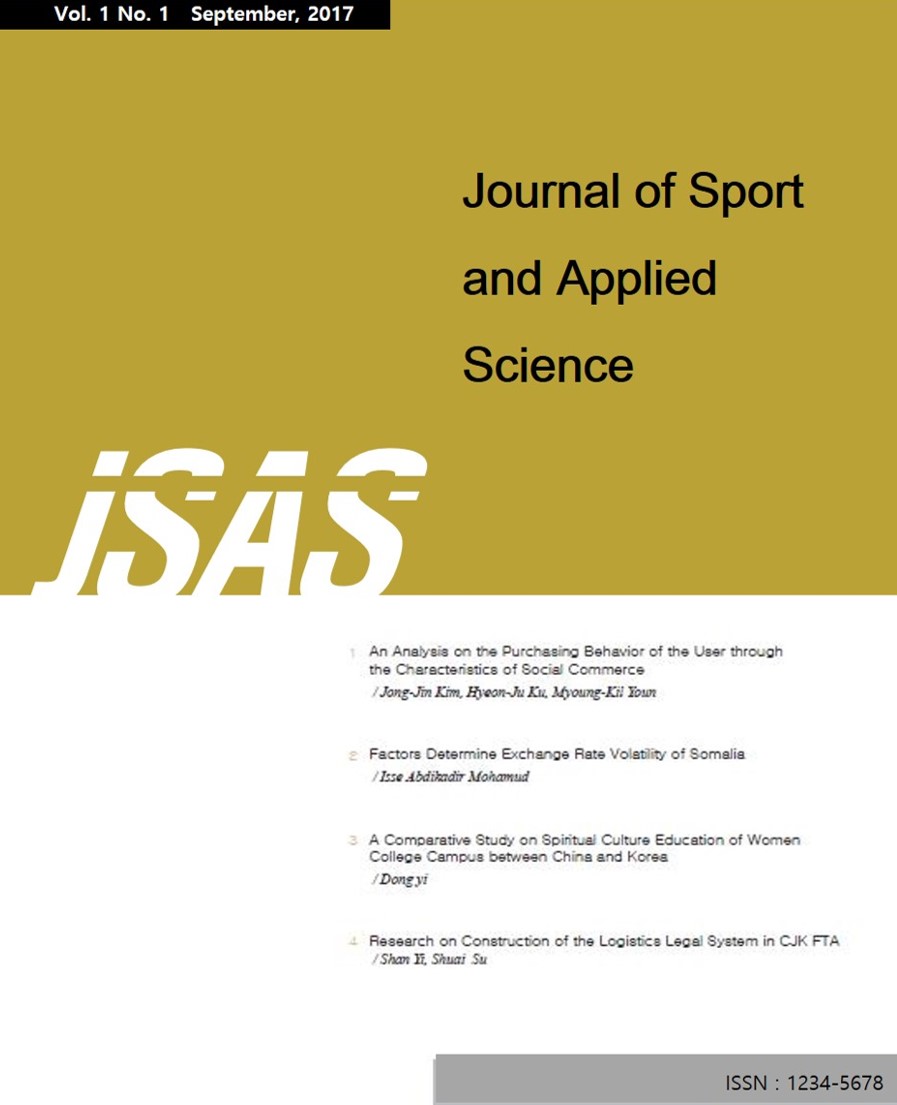 E-ISSN : 2586-6028
E-ISSN : 2586-6028
Vol.7 No.1
Abstract
Purpose: This paper analyzed the features of Winter Olympics mascots in chronological order by examining the evolution of mascots and presented the attributes of the Winter Olympics mascots from Innsbruck 1976 to Beijing 2022. Research design, data, and methodology: This paper conducted an exploratory study on the thinking to understand the characteristics of 13 Winter Olympics Mascots through literature review. Results: First, the mascot is a fictional character, usually an artificial character that represents the locality of the host city, including animals, human figures, and local inhabitants. Second, Schneemann, Innsbruck 1976 was known as the first official Winter Olympics mascot. Third, 19 mascots out of a total of 24 mascots were created using animals. Conclusions: The six attributes of the Winter Olympics mascots were identified: friendliness, symbolic meaning, originality, diversity, value, and identity of a special location. Above all, Winter Olympics has a locality that includes areas covered with ice and snow. From this point of view, the Olympics mascot highlights the image of snow and ice and the physical environment that includes it.
Abstract
Purpose: This study sought to examine the symbolization of brand identity in Nike golf advertisements and to provide implications for sporting goods ads. Research design, data, and methodology: The study employed Socher's semiotic theory to analyze characteristics embedded in Nike video advertisements. In specific, the study selected 'No cup is safe' among Nike video ads and analyzed structures of ad message and presented metaphors of ad messages. Results: As a study on the semiotic analysis of communication by case, this study investigated how the brand identity pursued by Nike in the advertisement is symbolized by identifying the signifier and signified in the advertisement. As a result of the study, it was possible to segment and analyze a total of 8 advertisement scenes, from the most important tee shot in golf, setting the aiming, sending to the center of the fairway, and applying the general situation of ball in and hole out to the cases of Tiger Woods and McIlroy, thereby helping the general public. Conclusions: Summary of above results showed that it was also conveying the message of metaphor and metonymy that 'I can be like Tiger Woods and McIlroy' by using Nike golf products. Further implications were discussed.
Abstract
Purpose: This study was to investigate the effects of isometric exercise on muscle activity and body balance ability in asymmetrical walkers. Research design, data, and methodology: Twenty gait asymmetry people were divided to unilateral exercise group (UG, n=10) and bilateral exercise group (BG, n=10). UG were performed unilateral exercise for 60 minutes, three times a week, and 16 weeks, and BG were performed one side and then the other side alternately for 60 minutes, three times a week, and 16 weeks. Muscle activity and body balance ability were measured before, after 4 and 16 weeks isometric exercise. Moreover, SI (symmetry index; SI) was calculated from the measured value of SL (step length). Statistical analyses were conducted using one-way ANOVA and two-way ANOVA with repeated measures, a paired t-test, and multiple comparisons according to Scheffe. Results: In the muscle activity, ST decreased significantly in short step length(S-SL) and BG of LS compared to before isometric exercise(p<.05), and GCM decreased significantly in BG of S-SL(p<.05). As for body balance ability, the mSEBT-A difference between L-SL and S-SL was decreased significantly in UG(p<.05). And the respective total scores of L-SL and S-SL, mSEBT-PM and mSEBT-PL were increased significantly in BG(p<.05). Conclusions: As a result, in this study above, it was confirmed that isometric exercise improved muscle activity and body balance ability in asymmetrical walkers.













